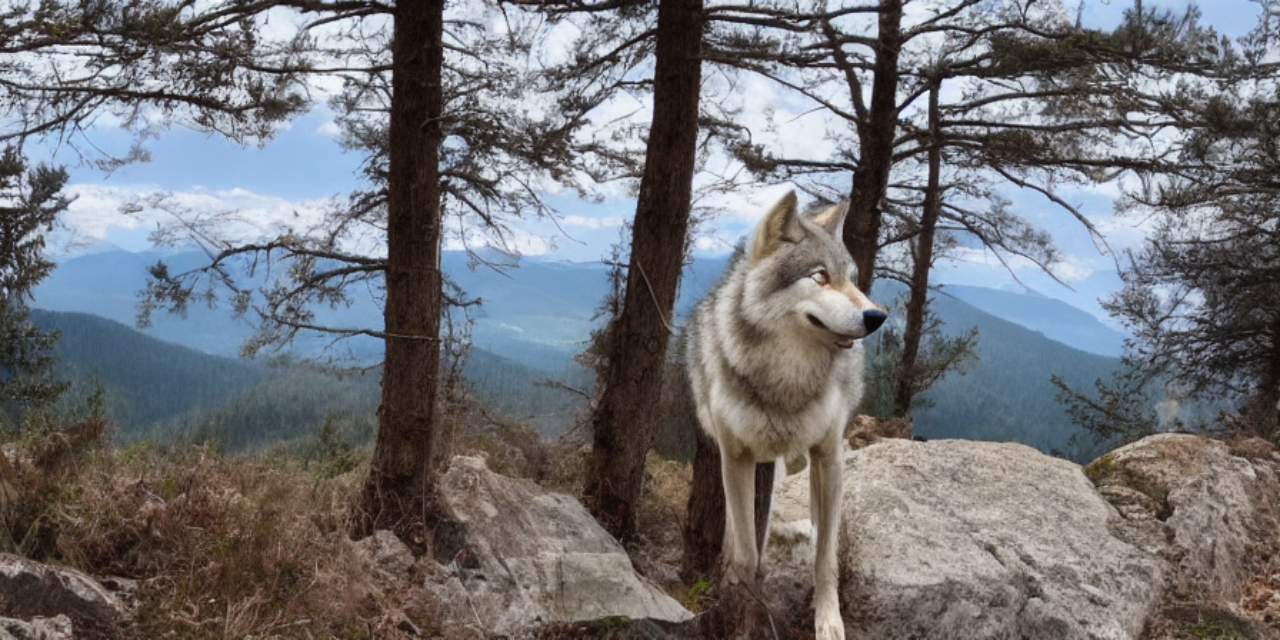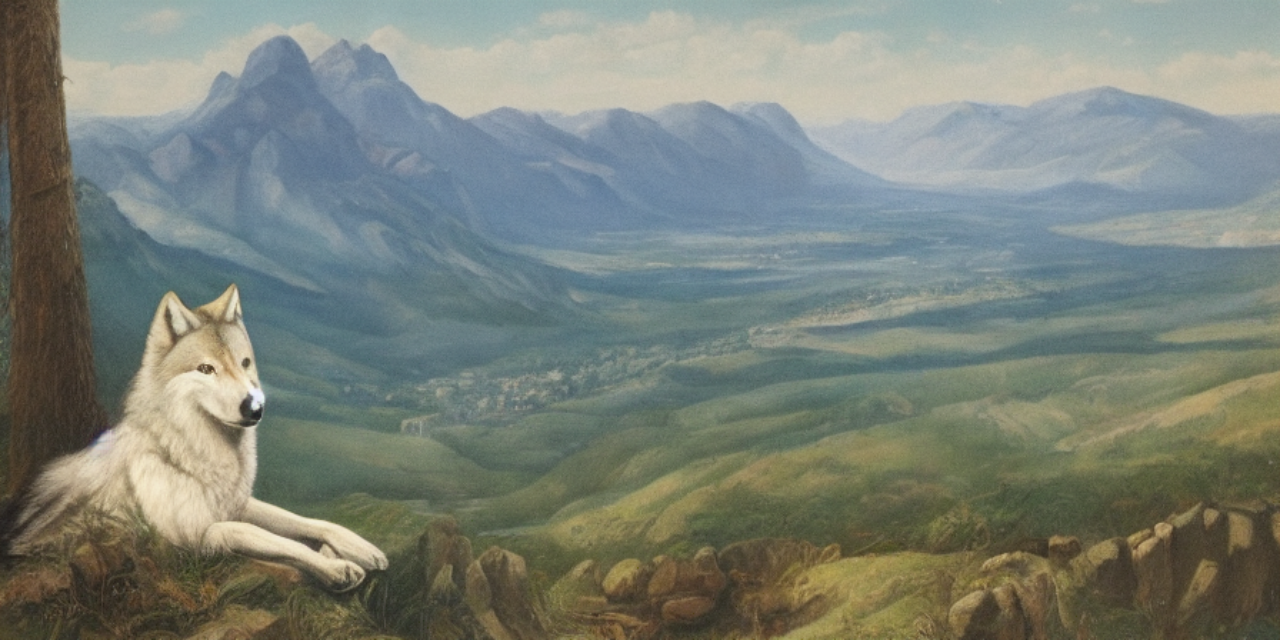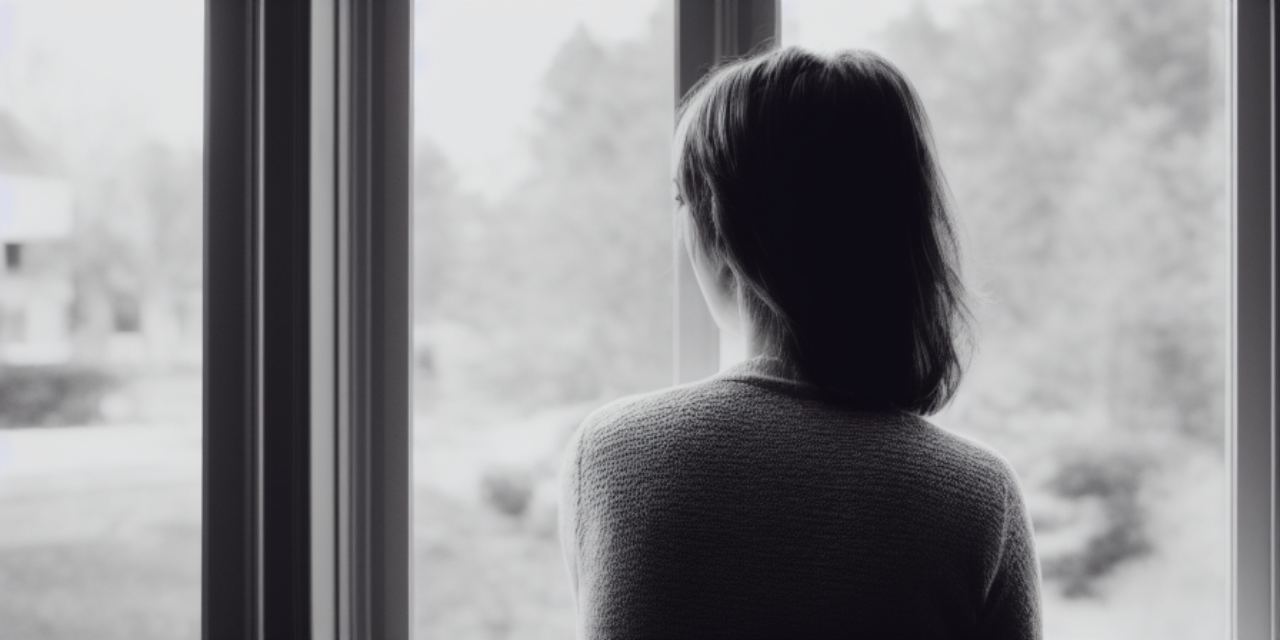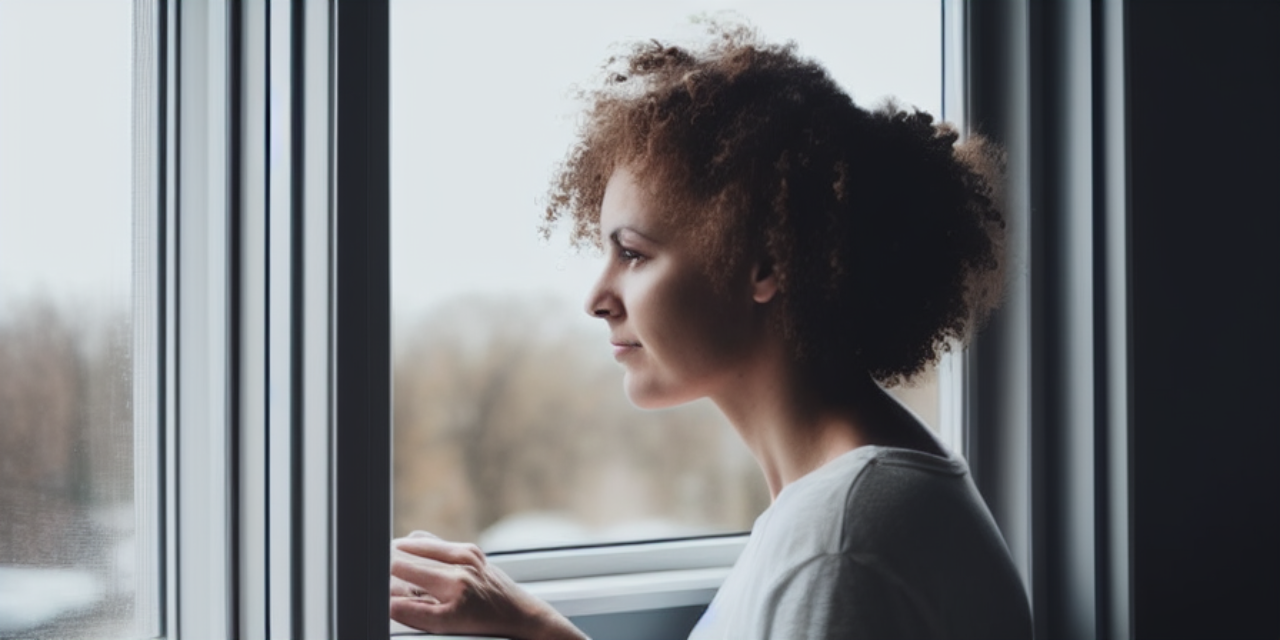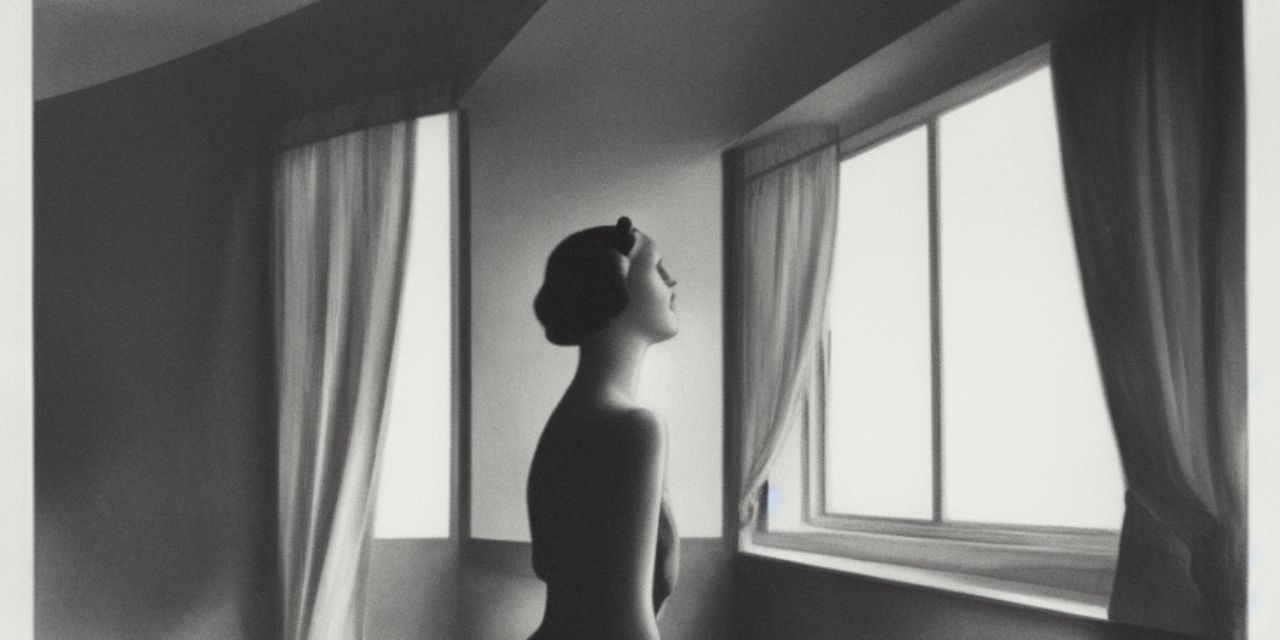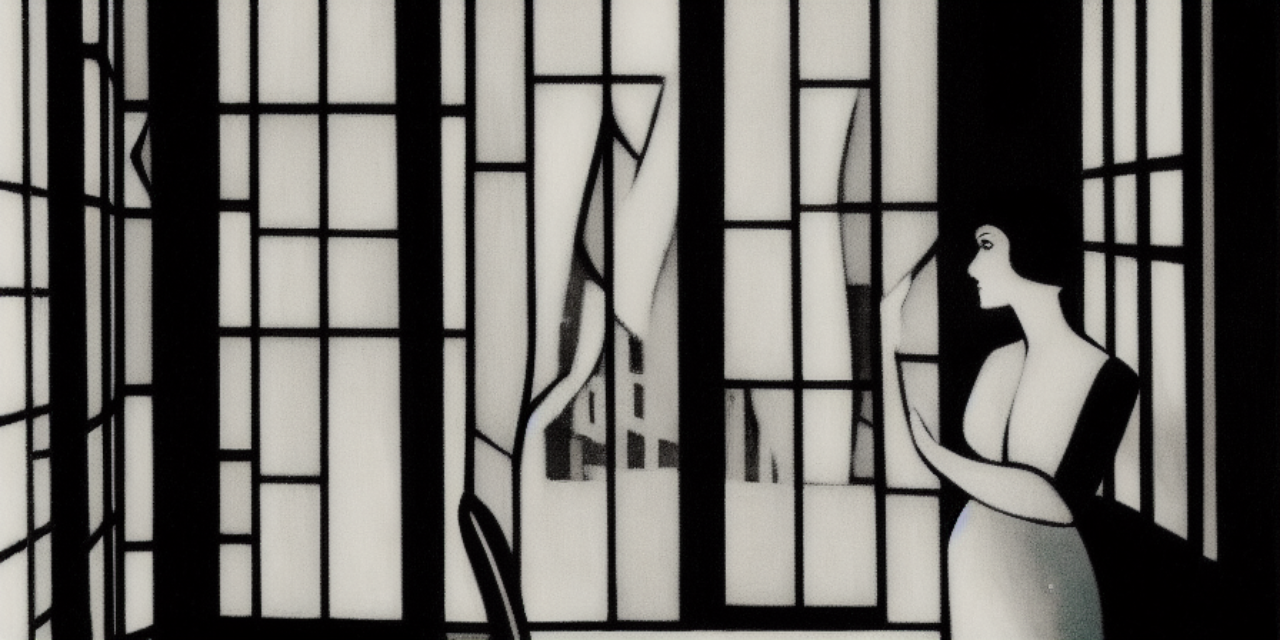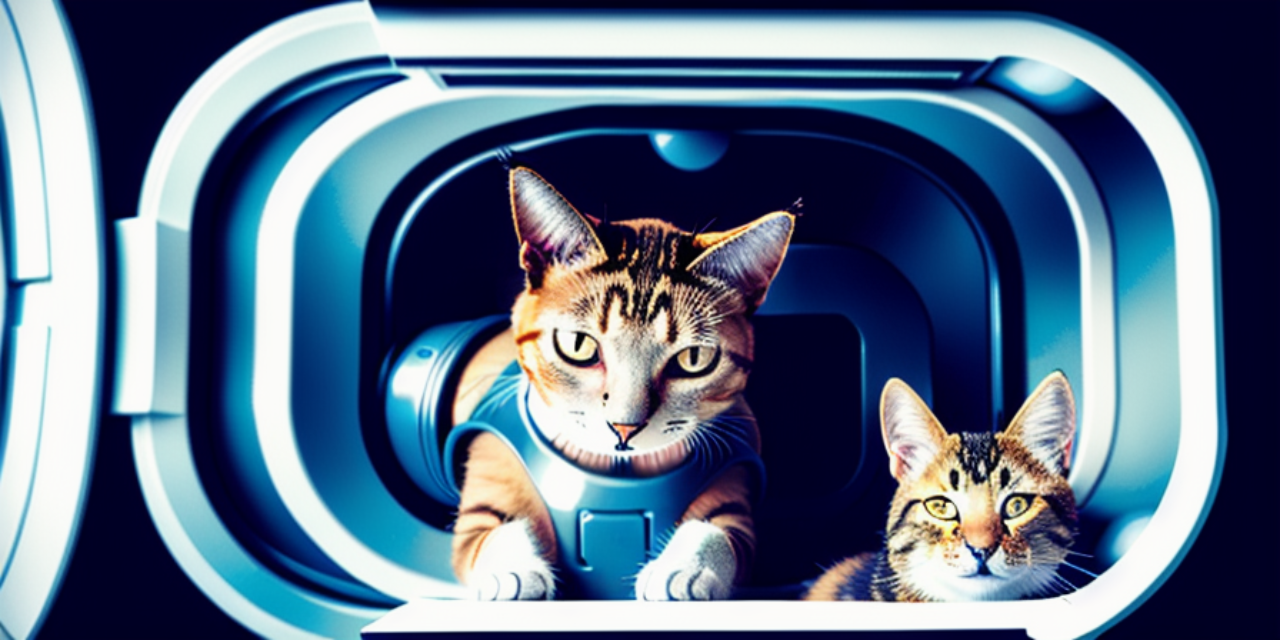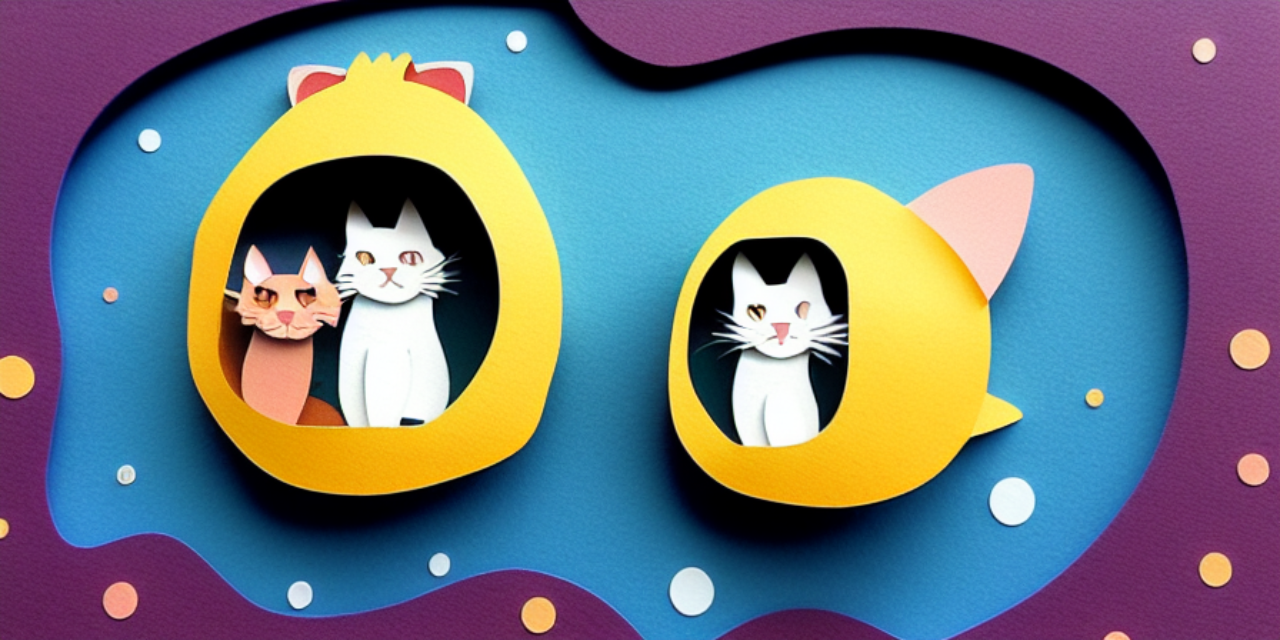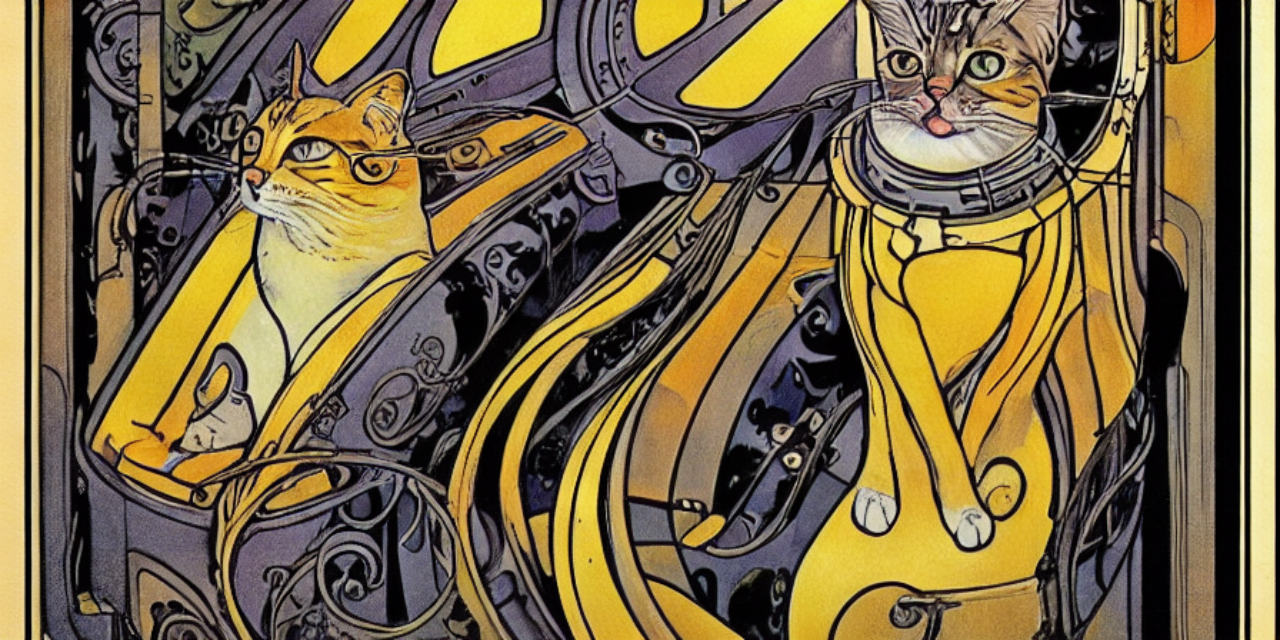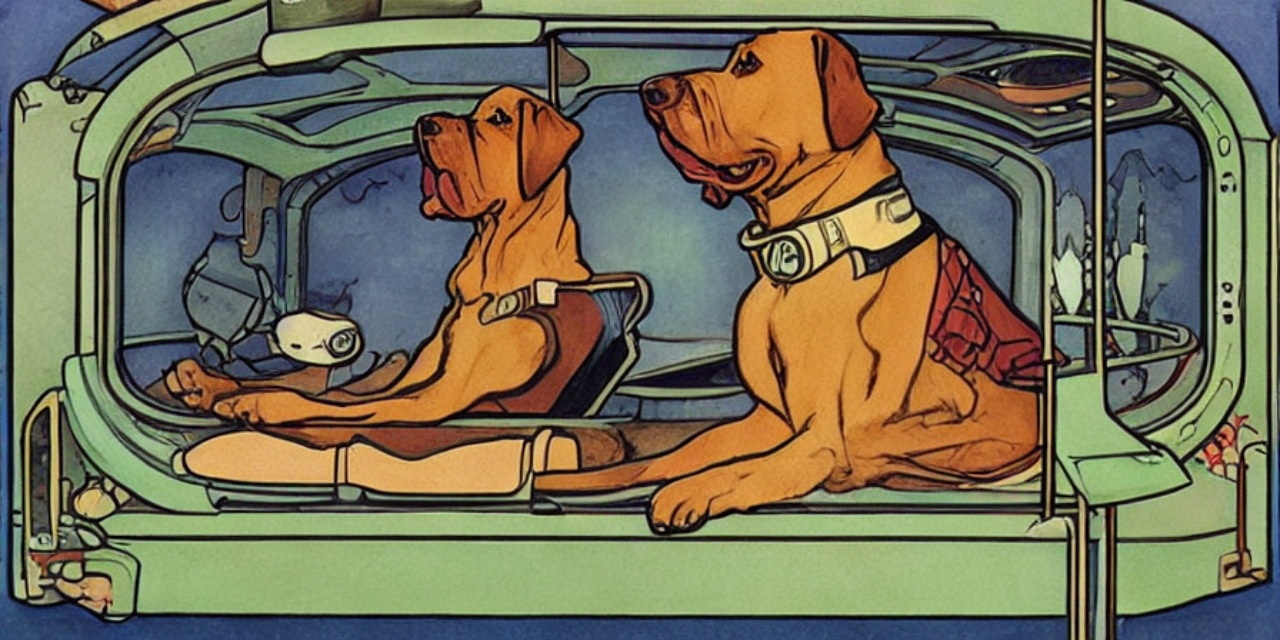AI generated images on Apple OSX
Nowadays, with generative Artificial Intelligence, it is possible to create photo-quality images based on prompts. A prompt is the command given to an AI system to generate the image, for example:
"A dog and a cat traveling together in a spaceship to Mars, illustrated in a comic style."
A prompt typically consists of a descriptive content and a set of instructions, such as specifying whether a photo-quality image should be produced, or if it should be in an art-deco or comic book style.
Most AI image systems are accessible online, in the cloud, such as DALL-E 2 (developed by OpenAI, the same company that created ChatGPT). Due to the high server costs associated with generating images in this manner, it is not surprising that most of these services eventually become paid.
However, it is also possible to create images on your own Apple computer.
Stable Diffusion on Apple OSX
Stable diffusion is a model that can generate photo-quality images based on text prompts.
Stable diffusion can be run locally on a recent Apple computer using the DiffusionBee app (download DiffusionBee here). The time it takes to generate an image largely depends on the power of your computer, especially the graphics card. Expect around 10-30 seconds per image on a robust Mac M1.
Voorbeeld afbeeldingen
Available settings in DiffusionBee
In DiffusionBee, you can modify various settings that impact your image (apart from the prompt). For example, you can adjust the degree of creative freedom given to Stable Diffusion to deviate from the prompt, the resolution of the image, as well as more advanced settings like the sampler and the model used for image generation.
Alternative models in DiffusionBee
DiffusionBee comes with a default model for image generation, but there are various models available online that excel at generating specific types of images, such as illustrations or paper-cut art. These models are trained on different image datasets compared to the default model.
Many models can be downloaded from https://huggingface.co/. More information about this will be provided soon. However, please be cautious as not every model is safe, and some may be susceptible to malware. In general, "safe Tensorflow" models are preferred because they are less vulnerable.
